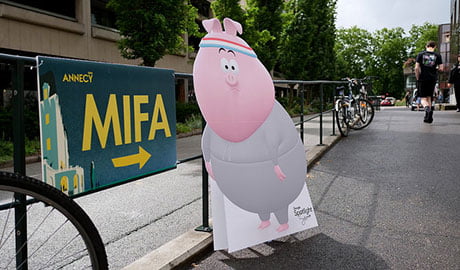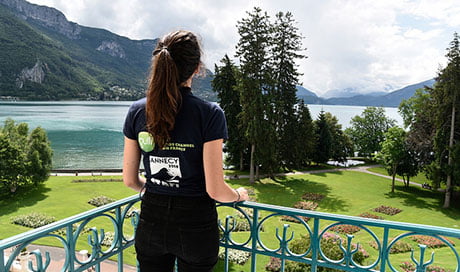Gathering storm
There was only one thing on the minds of French producers at the Annecy International Animation Film Festival & Market (MIFA) this week: the future of children’s channel France 4. Nico Franks reports.

Few delegates at MIFA appeared to be in favour of France 4’s shift online
Change is not always popular, especially when it affects the key underpinnings of how an industry is viewed from abroad and which is worth millions of euros in exports.
That’s the scenario many producers in France feel like they have been confronted with after the minister of culture’s announcement regarding the future of France 4 sent shockwaves around the country’s animation industry last week.
“Complicated,” “disaster” and “suicide” have been some of the words used by local players here at MIFA in France this week to describe plans to make France Télévisions (FTV)’s family and kids’ channel online-only.
It was only two years ago that the then French president, François Hollande, came to MIFA to show his appreciation for the contribution animation and children’s programming makes to the country’s audiovisual industry. Twenty-four months later and local producers are questioning the current government’s commitment to the industry and the country’s youth.
Indeed, finding someone in favour of the switch, which comes as FTV’s fellow pubcaster in Denmark is in the process of a similar move with its linear channel for 7-12s, is about as easy as avoiding melted cheese in the Rhone-Alpes region of France, where MIFA takes place.
With an annual budget for animation of at least €30m (US$35m), FTV is by far the biggest animation commissioner in France, airing half the shows produced in the country. Much of this appears on France 4 – hence local producers’ dismay that their shows will be relegated to programming blocks on France 2, France 3 and France 5.
However, given the (more or less) received wisdom that linear TV is fast becoming a thing of the past for children, why the fuss over something as archaic as a traditional TV channel, when kids watch everything online anyway?
Isn’t this a case of a public broadcaster taking the initiative – fighting US tech giants like Netflix and Google-owned YouTube on their own turf to bring young viewers quality, locally produced and commissioned programming where they actually watch it: online?
Well, no. Things aren’t quite that simple, especially in France, where children’s programming and the animation industry overall has been a fiercely protected and well-funded cultural institution for decades.
The belief amongst many French producers and certain politicians is that the move is premature, with the majority of under-15s in France still watching programming on the TV, albeit in declining numbers. Moreover, it’s unknown whether FTV will have the tech capabilities to beat the likes of Netflix or YouTube at their own game. So, by shutting down France 4, they risk pushing French kids towards increasingly powerful competitors online.
What’s clear from speaking to distributors at MIFA is that free-to-air television may seem old-fashioned, but it remains the cornerstone to creating and sustaining a children’s brand, taken together with a presence on AVoD, SVoD and other platforms.

France Télévisions’ announcement sent shockwaves through the French toon business
While walking around Annecy’s picturesque lakeside setting, one prominent player in the country’s animation scene compared the logic for the closure of France 4 to the French government seeing lush leaves atop a towering tree and saying: “We want some of those.” Whilst at the same time taking an axe to its base.
For under-10s, linear TV is still the main place where most brands that go on to rack up millions of views online are first discovered. Moreover, programming blocks just don’t cut it these days when children have grown used to being able to watch their favourite shows whenever they like.
No one at MIFA was denying that FTV needs to rapidly increase its investment in digital in order to provide more content for French children online in a safe and trustworthy place. However, killing off France 4 in the same breath due to low viewing figures is akin to throwing the baby out with the bathwater, as the French animation producers’ union Syndicat des Producteurs Français d’Animation (SPFA) put it.
FTV’s annual press conference at MIFA is usually a happy affair, with the broadcaster presenting its animation highlights for the year ahead and the occasional announcement of a funding boost, as was the case last year.
In contrast, during the Q&A section of this year’s event, one audience member asked Tiphaine de Raguenel, director of France 4 and children’s programming at FTV, and Takis Candilis, FTV’s director of programmes, why they hadn’t resigned in protest at the changes being forced upon the broadcaster by the government.
De Raguenel responded by saying that if she were to step down, she would only be replaced by someone with potentially less knowledge of the local industry and who would have to take up the same position on the matter as she and her colleagues.
“This process will be long, punctuated with twists, but it must start now. It will be with you. We will need a continuous dialogue with the sector and the public authorities to bring about this transformation without weakening the current dynamic,” said de Raguenel.

Annecy’s picturesque lakeside setting
The press conference also included a public show of support for France 4 and FTV’s contribution to the industry from the audience, who stood up and clapped for almost two minutes prior to de Raguenel outlining the challenges ahead.
The timeline is uncertain, while the immediate priority is figuring out new model for FTV to work with local and international producers that takes into consideration the greater importance of digital rights. Meanwhile, de Raguenel reasserted that FTV’s financial commitment to the sector will not waver, despite the massive changes.
Clearly, producers are aware that de Raguenel’s hands are somewhat tied and that the ultimate focus for their ire should be Emmanuel Macron’s government. Nevertheless, there is a feeling in the production community that the person atop FTV, CEO Delphine Ernotte-Cunci, does not view children’s programming as a priority. This wasn’t helped by Ernotte-Cunci, who had been down to attend the press conference, failing to make an appearance in Annecy.
So what’s to be done? Well, there was certainly no characteristic Gallic shrugging going on in Annecy, with the SPFA quickly setting out its case for a compromise to keep a dedicated children’s channel in the FTV group.
The compromise would see France 4 take the place of France Ô on terrestrial television, moving from Channel 14 to Channel 19, with France Ô taking France Info’s spot on Channel 27. The news channel would then take the spot made vacant by France 4, which some believe may happen regardless, given Ernotte-Cunci’s desire to give it greater prominence on DTT.
However, one key issue FTV’s children’s department faces is that it does not enjoy the same level of support from parents and caregivers as its equivalent in markets such as the UK, where there would be an immediate uproar if the BBC’s cherished CBeebies brand were to go online-only.
A big part of this is down to France 4 facing far more competition in the market than CBeebies does, specifically from Lagardère-owned Gulli, which was the first children’s channel to launch in France and, as it happens, is also currently up for sale.
As a result, the French government is yet to come under significant pressure from outside the animation industry to reverse its plans. However, the SPFA has pointed to its survey that found 76% of French people are against the closure of France 4 due to fears for children’s safety online.
Meanwhile, bosses at public broadcasters around the world, and particularly in Europe, will be looking at what becomes of France 4 with interest.
The question is, now that the French pubcaster, one of world’s biggest players in children’s TV, has begun the process of taking the plunge into an uncertain online-only future for its children’s channel, which pubcaster will be next to follow?















.jpg)




























